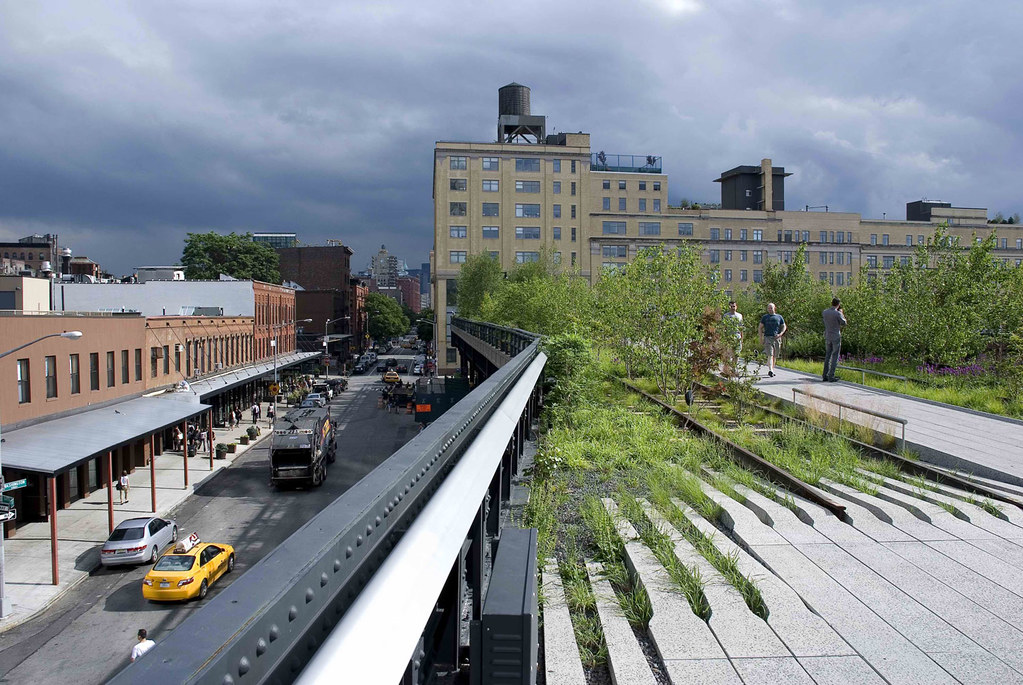 Concert Review: Stravinsky-Gergiev
Concert Review: Stravinsky-GergievThe Russian Stravinsky: A Philharmonic Festival, Avery Fisher Hall
New York Philharmonic-Valery Gergiev, Conductor Chorus of the Mariinsky Theater-Andrei Petrenko, Principal Chorus Master
This most amazing series spans several weeks, pairing the familiar and the rare Stravinsky in concerts, all conducted by the amazing Gergiev. Even more remarkably, the series emphasizes choral works that are usually shunned by the general audience, sung by the superb Russian chorus. Plus the star soloists, the incredible programing in this case has translated so far to resounding box office successes, rare for Stravinsky.
More than once I wondered why Stravinksy (beyond the Firebird and Rite) is not more popular with audiophiles. The sophisticated percussive writing and the sheer animal nature of some of the more explosive moments easily put the rather monochromatic Carmina Burana (not a favorite piece of mine) in the shade.
The NYPO have been playing splendidly, with more panache (almost "Russian") and involvment than usual (this orchestra can easily seem aloof), no doubt under the spell of Gergiev. Compared to his own orchestra (heard previously in the same hall in Prokofiev) the difference is relatively small. NY is a little more refined and precise but the Russians had more nuance. The brass of the NYPO has always been superb. They were super-human here, sometimes sounding like one instrument, with unmatched precision in attack and always warm sound.
As mentioned, the chorus is remarkable. Each section sang in unison, the blend seamless, and their dynamic precision is breath-taking, just the vehicle for Stravinsky.
April 23, 2010 Les Noces/Symphony of Psalms/Firebird (1910)
I struck gold with this concert, the second program of the series. Due to the volcanic disruption of European flights, the chrous could not arrive in time for the first program, for which Les Noces was originally scheduled. For this concert Les Noces replaced Jeu de Cartes, and I was delighted. Just the sight of the orchestra was worth the ticket of admission: no upper strings, and 4 pianos! For details reald the NYT review.
Les Noces is not an easy work to listen to at home, but it's spectacularly entertaining in the concert hall. The gloriously rich percussion sound rendered the best of our hifi reproduction a joke. This was followed by the austere Symphony of Psalms, given a precise reading. The complete 1910 Firebird was immaculately paced and subtle, though those more attuned to the showy elements in the suites would have been a little lost.
Read the NYT review for full details.
April 28, 2010 Zvezdolikiy/Violin Concerto/Oedipus Rex
The Violin Concerto was given a strong account by Leonidas Kavakos. The orchestra was excellent, but I felt the last degree of give-and-take between the soloist and orchestra was amiss. A little Bach served as an encore, tidy but not particularly involving.
I am at a lost for word for the dramatic Oedipus Rex. Even more than Les Noces, this is a stunner in terms of sonic spectacular. What a cast, though I thought Waltraud Meier was long past her prime. The male chorus sang with zest. Thanks to the super-titles I enjoyed it immensely.
For details read the NYT Review















